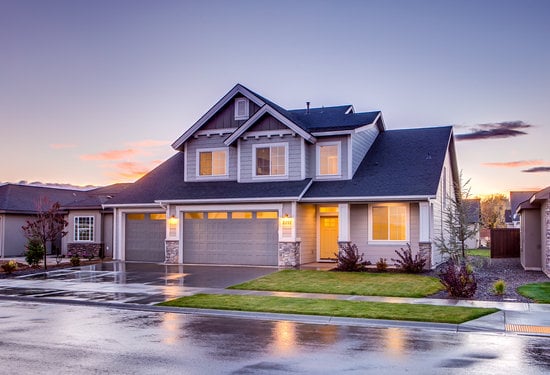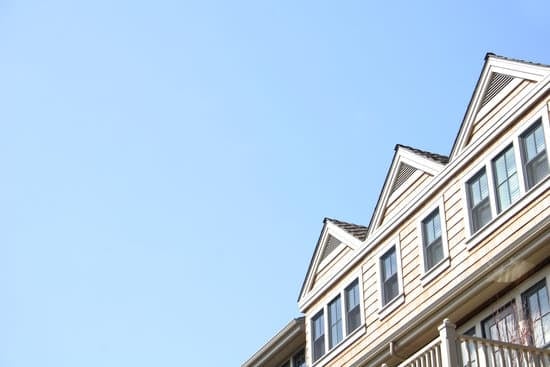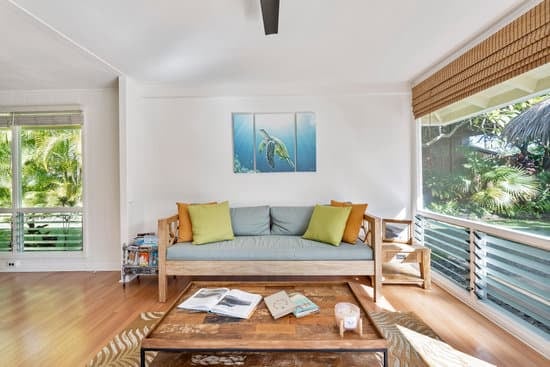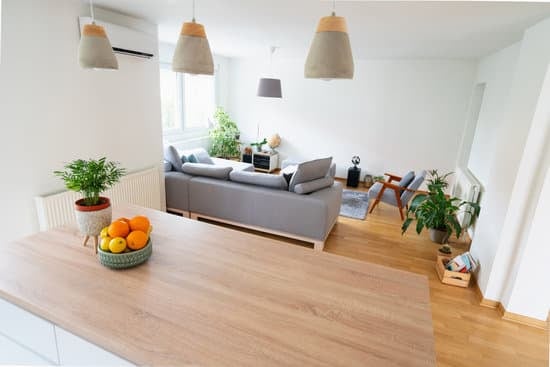The Importance of Understanding Profit Margin for Rental Property
Before deciding to invest in rental property, it’s important to understand the concept of profit margin. Profit margin in real estate is the ratio of net operating income (NOI) to total revenue. It’s the percentage of revenue that is left over after all expenses associated with the rental property have been paid. Understanding profit margin is crucial because it helps you assess the financial potential of a property. Without a clear understanding of profit margin, you may find yourself investing in a property that ends up costing you more than it yields in rent. A good profit margin ensures that you will make a decent return on your investment and reduce the risk of financial loss.A Closer Look at Rent Margin for Rental Properties
In addition to understanding profit margin, it’s important to know what a decent rent margin is for rental properties. Rent margin is the ratio of rental income to total property value. It’s an indication of how profitable a rental property will be based on its rental income. A profitable rent margin is usually greater than 10%, but a range of between 5 and 10% could be a decent ROI for rental properties to begin with. Example: If a rental property has a monthly rental income of $3,000 and the total property value is $300,000, the rent margin would be: ($3,000 x 12) / $300,000 = 12%Factors to Consider When Determining Profit Margin
Various factors contribute to determining the profit margin of a rental property. These include the location and age of the property, cost of property management, maintenance expenses, property taxes, and insurance costs. It’s important to take all these factors into consideration when determining the rental rate and projecting the profit margin for the property. Other cost factors to consider:- Landscaping and lawn care
- Repairs and renovations
- Marketing expense
- Vacancy rate or loss of rental income due to nonpayment by tenants
Examples of Profitable Rent Margins in the Rental Property Market
Several factors determine what a good rent margin is for a rental property. Generally, rent margins of at least 10% are considered profitable. Rental properties in some locations or niches may bring in rent margins that are higher than the average. Examples of profitable rental properties with high rent margins:- Short-term rentals such as vacation homes or Airbnb rooms
- Properties located in areas with higher demand for rentals, such as proximity to colleges or universities
- Properties that have been recently renovated and have more modern amenities
- Properties that are paid for in cash or have a low mortgage
Tips for Increasing Profit Margins in Rental Properties
While some factors that contribute to a rental property’s profitability are beyond your control, there are several things you can do to maximize your property’s profit margin. Some of these include increasing rent, lowering expenses, and finding better tenants. Other tips for maximizing rental profit:- Implementing a strict screening process for potential tenants to reduce risk of property damage, eviction, or default on rent payment
- Improve property amenities, such as adding a gym, swimming pool, or other exclusive features to a property
- Reduce unnecessary costs, like regular maintenance and unnecessary renovations
How to Secure a Decent ROI for Your Rental Properties
To secure a good ROI on your rental property, you need to ensure the property’s expenses are lower than the rental profit it generates. This primarily involves setting competitive rental rates while keeping expenses low. By doing so, you can increase your profit margin. An ROI of below 5% is not considered financially advantageous, so you should ensure your rental property generates a better return than this. Other ways to secure optimal ROI:- Invest in high-potential properties that require minimum rehabilitation and maintenance costs
- Use modern property management tools to save time and effort that otherwise goes into daily management
- Stay up-to-date with rental trends and market demand for rental properties in your area
Understanding the Risks of Low Profit Margins in Rental Property Investment
Investing in rental properties can come with a certain degree of risk. One of these risks is low profit margin. When you have a low profit margin, the investment is less profitable and sometimes unprofitable when unexpected expenses arise. You can prevent this risk by being careful with whom you rent to and where your property is located. Other risks to be wary of include:- Decrease in market demand for rental properties leading to increased vacancies
- Increased competition leading to below-market rent rates
- Maintenance and repair costs exceeding your capital reserve leading to unexpected financial loss



















